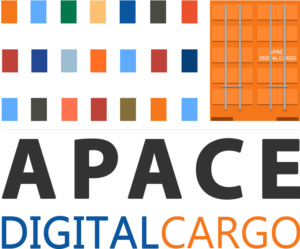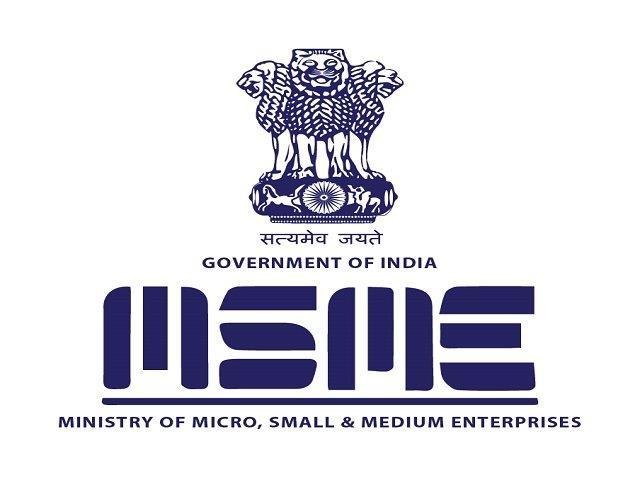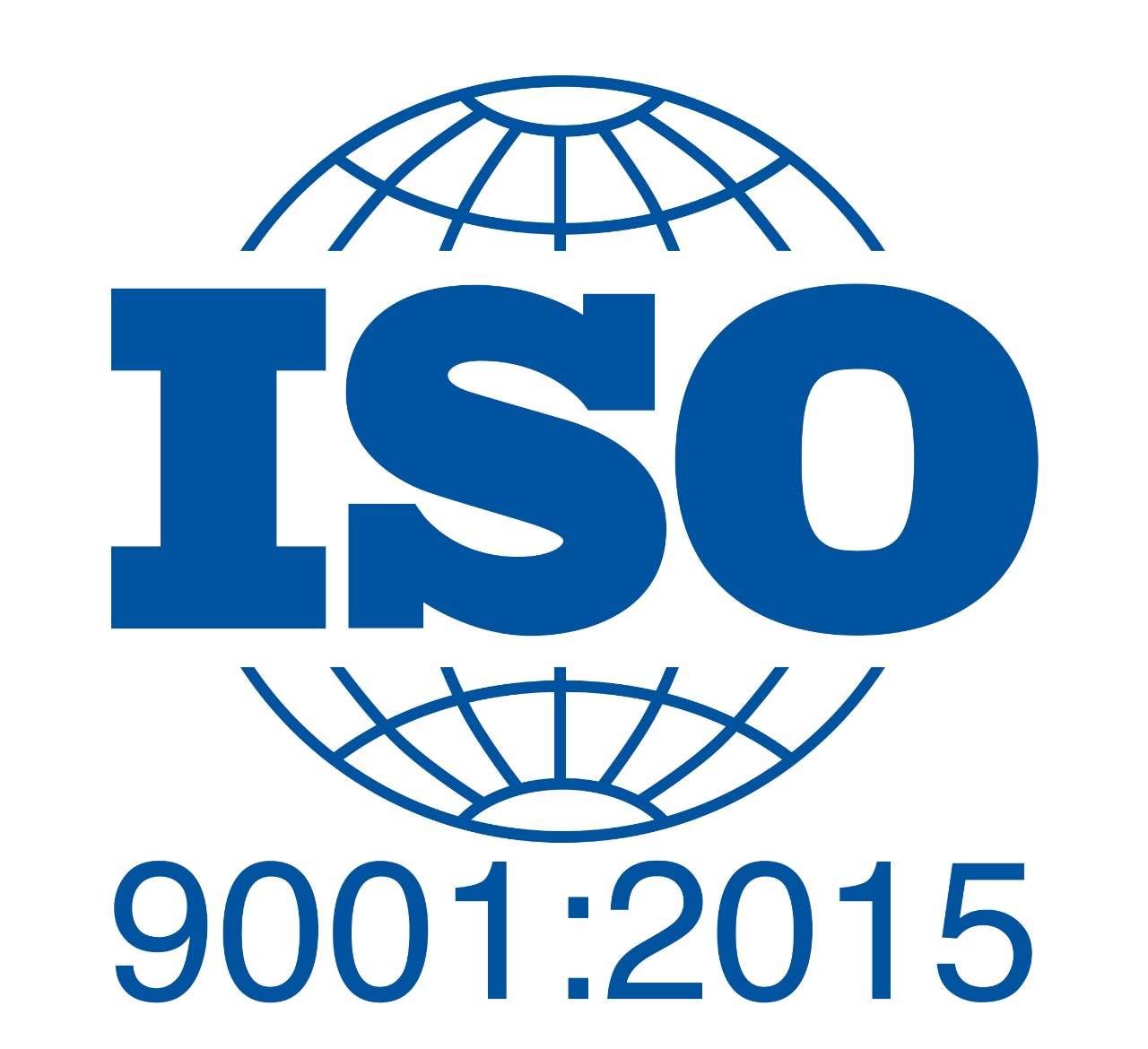
The logistics giant Skyways Group marked the milestone with the completion of 40 years of the organisation. The company diversified and expanded in a huge way. Being the number one air freight forwarder, Skyways Group follows ’quick mover’ principle and is always on a look out for newer markets and opportunities to expand its market reach and product offerings. Yashpal Sharma, Managing Director, Skyways Group, in an exclusive interview with Apace Digital Cargo traced the journey of the organisation, post pandemic strategy, key trends in the industry, government initiatives and lots more. Here are the excerpts.
To begin with, congratulations as the Skyways Group has entered into its 40th year. How has been the journey so far?
Thank you for your good wishes on our 40th Foundation Day. Since its foundation in 1983, Skyways Group has established itself as a major player in the logistics industry. From its inception in 1983 till date, Skyways Group has remained an important player in the air freight segment catering to customers across the globe. We have a presence across 27 locations in India and overseas offices in Germany, Vietnam, Bangladesh, Dubai and Hong Kong. The company has IATA, MTO, AEO, ISO 9001:2015 and numerous other important industry accreditations.
The company has been the No. 1 Air Freight Forwarder of India for consecutive five years as per the World ACD since 2017. It was also honoured as the ‘International Freight Forwarder of the year – Region India’ at Air Cargo India awards in 2020 and 2022. The company’s air cargo handled (both inbound and outbound) pre-Covid was to the tune of 60000 Tons and sea cargo handled (inbound and outbound) was nearly 20000 Teu’s. Skyways Group’s turnover for the period 2019-20 was INR 700 Crore (pre-Covid) and our turnover for the period 2021-2022 (post-Covid) stands at INR 1725 Crore+.
What is SLS’s post pandemic strategy? What are the focussed areas and expansion plans?
During Covid times, due to the shortage of demand, volumes shrank by 20 pc in both air and ocean freight for Skyways Group. While, in pre-Covid times most of the air cargo movement happened on commercial airlines, and with the onset of Covid, the capacity in commercial airlines was significantly impacted. Therefore, a sizable movement had to be done through charter flights for air cargo.
Skyways was extremely quick to react to the need of capacity generation for its customers and moved in by connecting to various charter operators from around the world and bringing the much-needed capacity to Indian skies, much to the relief of exporters and importers.
Post Covid, since the commercial airlines have begun to add flights to India, we are in line to surpass our pre-Covid volumes and do approx. 63000+ tons by air and 25000+ Teu’s by Ocean this year. We would stay with the principle of long-term and short-term contracts with commercial carriers to meet the demand of our customers and also stay invested in our charter program in markets the commercial airlines have capacity constraints in.
As mentioned above Skyways Group’s turnover for the period 2019-20 was INR 700 Crore (pre-Covid) and our turnover for the period 2021-2022 (post-Covid) stands at INR 1725 Crore+.
Skyways Group follows ’quick mover’ principle and is always on a look out for newer markets and opportunities to expand its market reach and product offerings. Within India, we intend to enter 10 to 12 new cities to come closer to customers. Backed by increase in demand, we are keen to enter into warehousing space in a couple of Indian cities. We are also planning to increase our trucking fleet (operated through our Group Company – Phantom) from 105 to 200+ by introducing more dry and reefer trucks and cater to the growing needs of our customers.
In the e-commerce division, we currently have 21 PUDs (Pick Up & Delivery Centres) in our Group Company – sKart Global Express. We are planning to increase this count to 70 PUDs across India over the next 15 months.
On the international front, we are exploring 2-3 more countries in Asia, in order to open our new branches and expand our global footprint there over the next 12 months. We currently employ over 850 people spread across different geographies. Our aim is to add 200+ team members to our existing workforce by the end of the current financial year.
Freight forwarding is one of the key domains of SLS. According to you, how has the freight forwarding industry flourished post pandemic?
Freight Forwarding industry has been evolving to match up to other industries in terms of digitization and automation but the pace has been relatively slow. During Covid and later we have seen a huge adoption of digital processes by the industry. As a result, there is immense scope of process optimization by automating the existing systems, going paperless and enhancing operational efficiency etc.
In terms of business dynamics, there is a huge push by the Shipping lines as they move in the direction of controlling the end-to-end movement of the global supply chains in a phased manner. They have started to offer Customs clearance, forwarding and even road transport solutions to customers. Couple of them have gone ahead and added aircrafts to boost their air cargo offerings to the customers too. Similarly, for Freight Forwarders too, a lot of Forward and backward integration is taking place. They are also investing to control some freight capacities and offering other avenues of logistics to customers than their initial core offerings.
Being associated and working closely with the government, how do you see initiatives taken by the government for the freight forwarding community, especially Gati Shakti?
During pandemic times, The Government of India gave tremendous recognition to the Logistics sector that was considered like a pillar of strength for the economy to move goods and services, when the lives of people seemed to come to a standstill. Freight Forwarding being part of the logistics ecosystem also received accolades for its untiring and timely efforts for keeping the country’s supply chain functioning during and post Covid times.
The single most key element is the integrated approach that will help in real time interventions from the Government to address issues or bottlenecks arising at many touch points in the multiple transport modes within our Country. The end result of this integrated approach will be time and cost saving of huge sums.
The ambitious Gati Shakti programme intends to create a more comprehensive and integrated planning approach and execution of projects. This will help in cutting down the logistics cost and economic sustenance for end consumers, farmers, small as well as small, medium and big businesses. This will help in connectivity to economic zones and further increase job opportunities as well as faster movement of goods. All this will help India become a $5 trillion economy by 2025 as predicted by financial experts and economic researchers.
What kind of growth is anticipated with the implementation of Gati Shakti?
Most projects falling under Gati Shakti plan are very important for our country’s economic growth. The benefits will percolate to many states and regions in the coming times. It can be estimated that most sectors engaged in manufacturing, transportation, warehousing etc. will achieve better revenues, if they participate and collaborate in the mission. Putting a number on growth can be meaningless due to different business models. However, we hope that our GDP goes to double digit once the planned infrastructure is ready in time.
E-commerce and digitalisation are the trends of the industry. Even “Digital freight forwarder” is the latest term to be used. What do you have to say on this? How will it impact the traditional freight forwarding? How to cope with the changing trends in the industry?
Digital transformation in Indian Logistics started in late 1996 but has gained momentum very recently. There are several initiatives in e-awb, e-tracking, e-sanchit which have enabled faster processing of EXIM shipments.
The E-Commerce business is purely on digital platform and has the deepest customer penetration, so is gaining market share at a healthy rate. The other benefit is its reach to Tier-II, III and remote locations due to small parcel sizes. However, it has lesser compliance and process formalities over other modes of transport within and outside the country.
The traditional Freight Forwarder has an elaborate compliance and process cycle and involves multiple touchpoints that could be outside the digital connectivity.
What are the key trends you see in the freight forwarding industry?
The Freight Forwarding industry is poised for higher growth in the next few years, as there is a big push envisaged by the Government and MoCA to reach 10 million Tonnes of air freight by 2030 from the current level of 3 million tonnes. With better connectivity, newer products, newer airports, ports etc the logistics sector will witness double digit growth.





